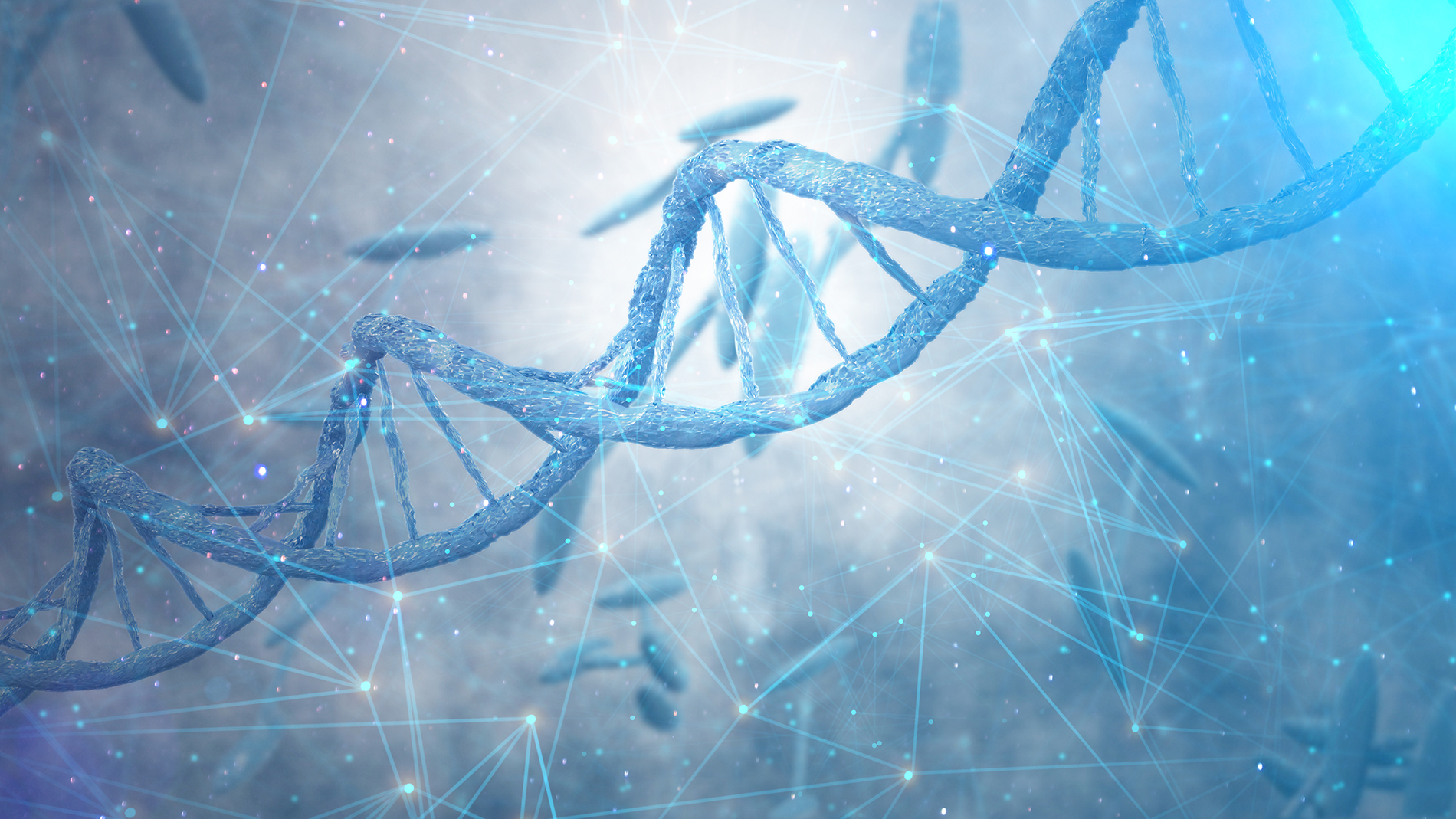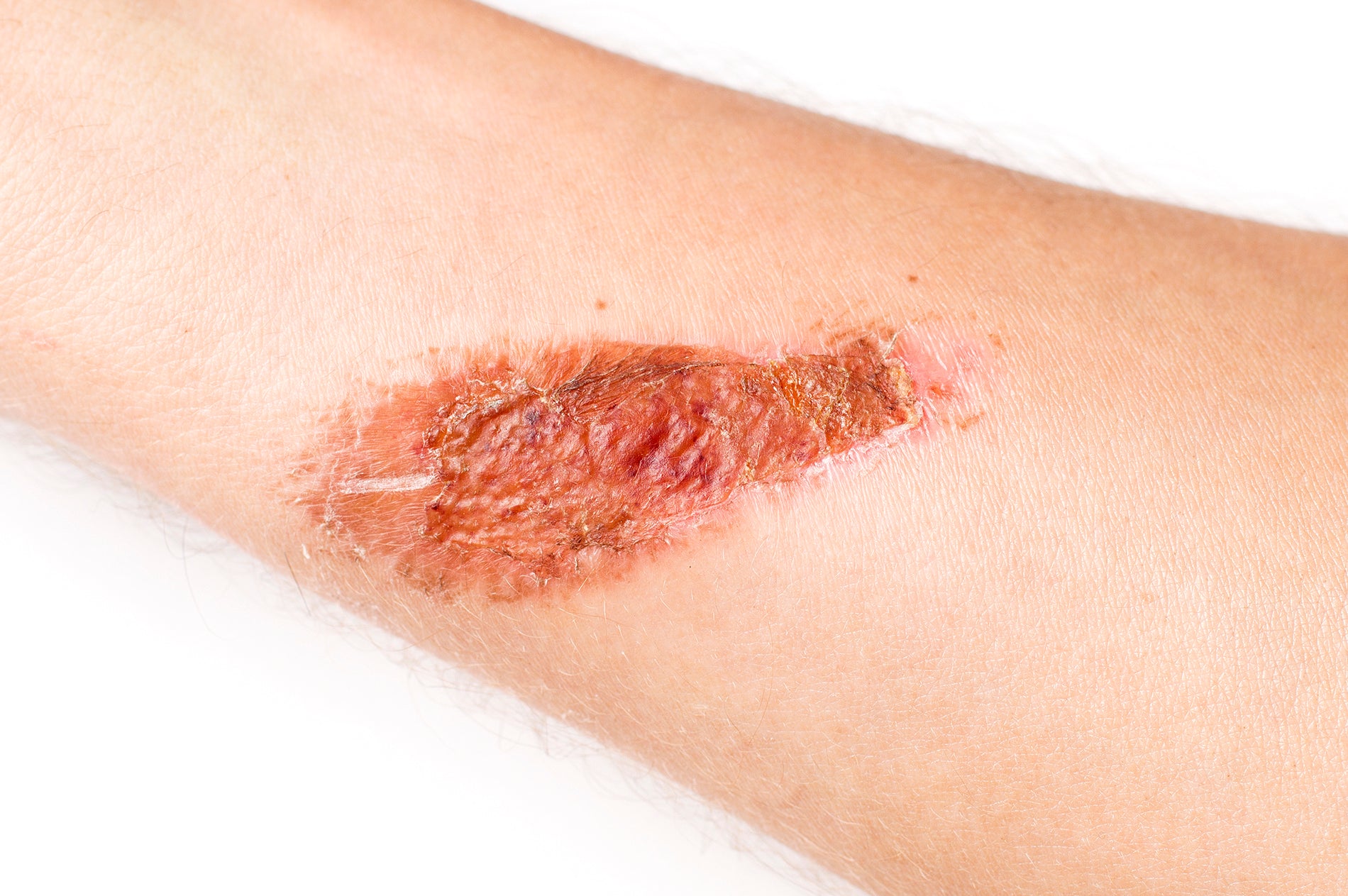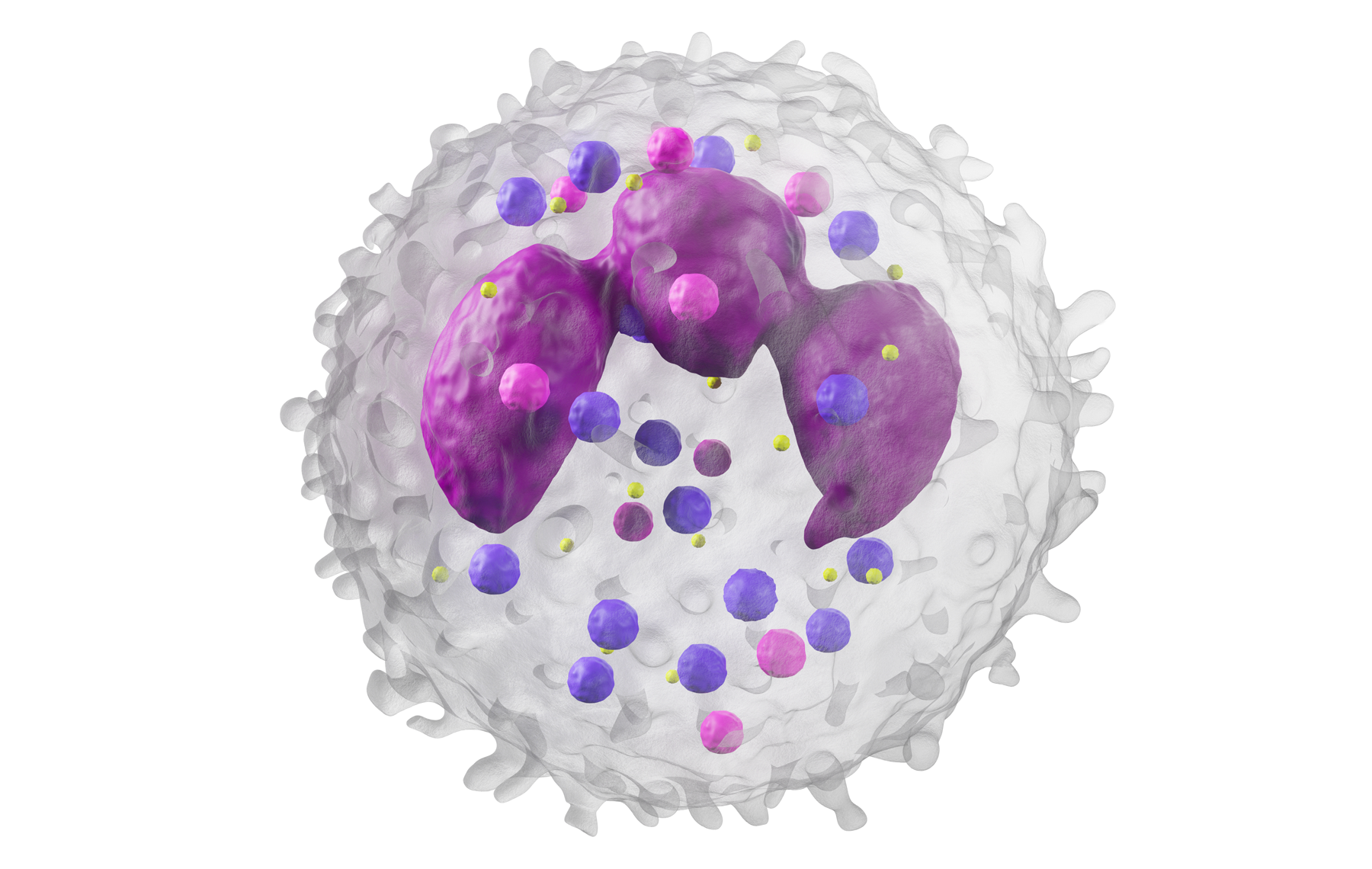
Hypochlorous Acid: A Natural Adjuvant That Facilitates Antigen Processing, Cross-Priming, and the Induction of Adaptive Immunity
The Journal of Immunology
January 15, 2010
Abstract
The production of hypochlorous acid (HOCl) is a characteristic of granulocyte activation, a hallmark of the early phase of innate immune responses. In this study, we show that, in addition to its well-established role as a microbicide, HOCl can act as a natural adjuvant of adaptive immunity. HOCl enhances the T cell responses to the model Ag OVA, facilitating the processing and presentation of this protein via the class II MHC pathway. HOCl modification also enhances cross-presentation of the tumor Ag tyrosinase-related protein 2 via class I MHC. The adjuvant effects of HOCl are independent of TLR signaling. The enhanced presentation of HOCl-modified OVA is mediated via modification of the N-linked carbohydrate side chain rather than formation of protein aldehydes or chloramines. HOCl-modified OVA is taken up more efficiently by APCs and is degraded more efficiently by proteinases. Atomic force microscopy demonstrated that enhanced uptake is mediated via specific receptor binding, one candidate for which is the scavenger receptor lectin-like oxidized low-density lipoprotein receptor, which shows enhanced binding to chlorinated OVA. A function of HOCl is therefore to target glycoprotein Ags to scavenger receptors on the APC surface. This additional mechanism linking innate and adaptive immunity suggests novel strategies to enhance immunity to vaccines.
Innate immunity regulates the induction of adaptive immune responses via multiple interactions. The paradigm is based on the regulation of APC maturation and migration via ligation of pattern recognition receptors, but other examples include the ability of complement fragments to enhance B cell activation via CD21 (1) or direct effects of TLR ligation on lymphocyte activation (2). Typically, an innate immune response precedes and is necessary for strong and persistent adaptive immunity. In the absence of innate immunity, most Ags stimulate a weak and transient adaptive immune response, and this may result in tolerance rather than protection. Recent studies also suggest that many classical adjuvants work by promoting the innate/adaptive axis (3). A more complete understanding of the complex interaction between these two components is therefore a key to understanding and manipulating the vertebrate immune response.
Dendritic cells (DCs) play a pivotal role in facilitating the interaction between innate and adaptive immunity. DC uptake (4), processing (5), and loading of Ag onto MHC molecules, transport of Ag via migration from tissues to local lymph nodes or spleen (6), and finally presentation and costimulation of T cells all can be regulated by signals from innate immunity. Although earlier studies of innate immune regulation focused primarily on the regulation of migration and costimulation, more recent studies have focused on the earlier stages of uptake, processing, and MHC loading. DC maturation is accompanied by a complex sequence of changes in the Ag processing machinery (7), and recent studies have suggested that TLR signaling in DCs may be a prerequisite for efficient Ag loading (8). The response of the DCs to inflammatory cytokines can result in qualitative as well as quantitative changes in Ag processing, determining both the strength and the repertoire of the ensuing adaptive immune response (9).
There are several mechanisms by which innate immunity regulates DC Ag processing. At the site of infection, DCs are activated directly by ligation of their pattern recognition receptors by pathogen associated molecular patterns as well as by a variety of pro- and anti-inflammatory chemokines and cytokines. However, because activated neutrophils are recruited rapidly to most inflammatory sites, they are a likely component of the DC microenvironment early in immune activation. A major protein constituent of the neutrophil, found in the primary azurophil granules, is myeloperoxidase, an enzyme that catalyses the conversion of hydrogen peroxide to hypochlorous acid (HOCl) and to a lesser extent to hypobromous acid (10). These unstable strong oxidants were believed previously to act predominantly as bactericidal agents within the phagolysosome, but there is now extensive evidence that the enzyme and its products also act extracellularly, resulting in very specific oxidative modifications to lipids (11), enzymes (12), and extracellular matrix (13), all of which are components in the inflammatory microenvironment. Chlorinated lipids have been shown previously to induce DC maturation (14).
In this study, we identify a mechanism whereby protein chlorination targets glycoproteins to scavenger receptors on the APC, promoting Ag uptake and processing by APCs such as DCs. Therefore, we propose that in an inflammatory/immune milieu HOCl derived from neutrophils may represent a natural innate immune-derived adjuvant that can promote induction of adaptive immunity.
Full Publication


